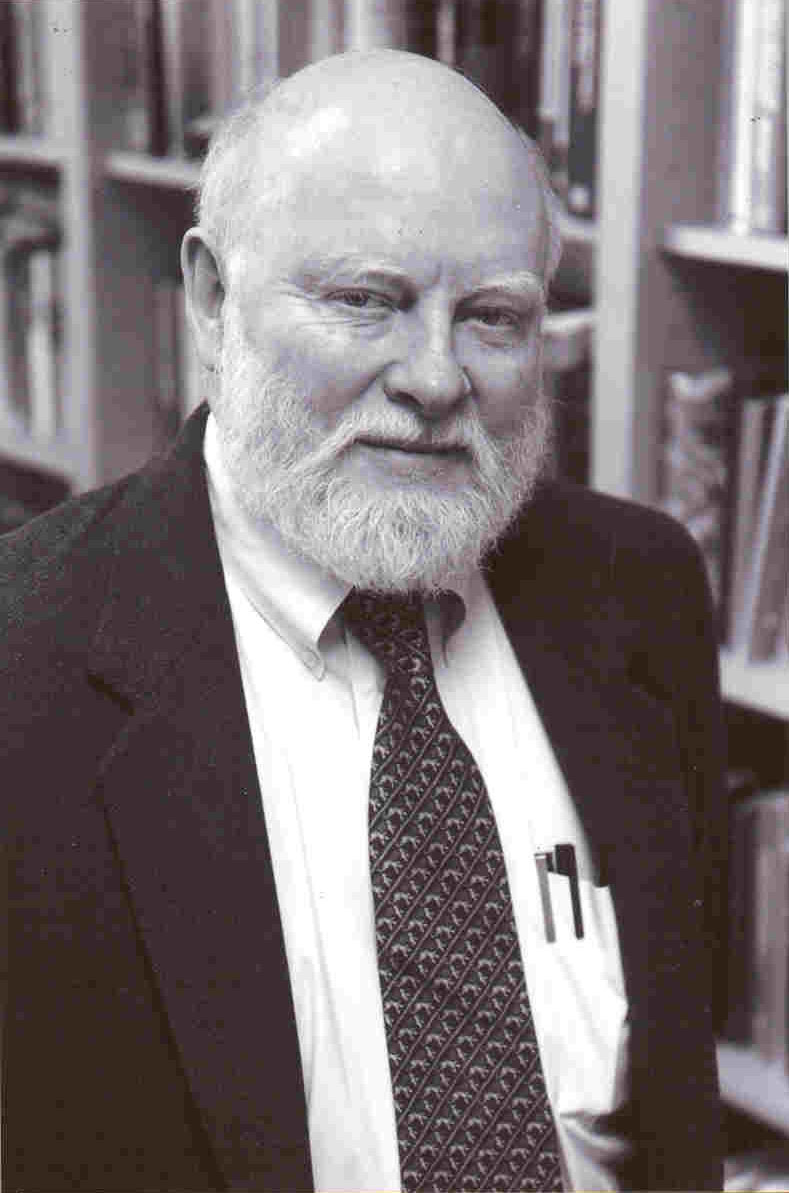Ronald I. McKinnon
|
|
Ronald I. McKinnon is an applied economist whose primary interests
are international economics and economic development-with strong
secondary interests in transitional economies and fiscal federalism.
Understanding financial institutions in general, and monetary
institutions in particular, is central to his teaching and research.
His interests range from the proper regulation of banks and
financial markets in poorer countries to the historical evolution of
global and regional monetary systems. His books, numerous articles
in professional journals, and op-eds in the financial press such as
The Economist, The Financial Times, and The
Wall Street Journal reflect this range of
interests. McKinnon was among the first (together with his Stanford colleague, Edward S. Shaw) to analyze "financial repression" as a substantial barrier to successful economic development. In the 1960s and 1970s, ongoing price inflation combined, with numerous government interventions to set interest rates and direct the flow of credit, had shrunk the deposit base for domestic bank lending throughout the developing world. His first book, Money and Capital in Economic Development (1973), analyzed why the prevailing economic doctrines of the time had become too tolerant of inflation and of state interventions in the credit mechanism. Without proper doctrinal constraints, politicians were only too happy direct the flow of credit to suit their own ends. But identifying the deleterious effects of financial repression proved to be easier than escaping from it. Thus, in The Order of Economic Liberalization: Financial Control in the Transition to a Market Economy (2nd edition, 1993), McKinnon outlined the appropriate sequencing of liberalizing government policies in domestic finance and foreign trade for securing open markets. He applied this analysis to developing countries and to the former communist states of Eastern Europe and East Asia-with a particular interest in why the Chinese seemed to be more successful in getting the order of liberalization "right". McKinnon's other major area of interest has been the study of international money and finance. He has focused on how the use of national currencies, only some of which have the important property of being convertible, allows international trade to be effectively monetized and multilateral rather bartered and bilateral. But financial volatility in this multi-currency world can be (and often is) unacceptably high. Unless the underlying "rules of the game" linking national currencies are properly understood and implemented, sharp swings in exchange rates, and currency runs followed by crashes, are all too commonplace. These rules of the game, including the private institutions of international exchange as well as government policies, can only be properly understood in historical perspective-from the late 19th-century gold standard, the attempt to write down a new set in the Bretton Woods Agreement of 1945, through various phases of what quickly became the postwar dollar standard. In Money in International Exchange: The Convertible Currency System (1979), McKinnon analyzed why and how the dollar came to be used as an international vehicle and reserve currency among banks, and the primary currency of invoice in international commodity trade. In The Rules of the Game: International Money and Exchange Rates (1996), McKinnon focussed more on macroeconomics-and how the rules of the dollar standard could be (could have been) modified to make the world economy more stable in the postwar era. Regional exchange rate arrangements among countries that are highly integrated, or highly competitive, in commodity trade is McKinnon's current research focus. After the euro's great success in providing a common currency in Europe, acute exchange rate and macroeconomic imbalances remain in other "natural" trading regions such as East Asia and Latin America. Because neither an Asian Latin American "euro" are politically feasible, exchange rate stability can only be secured by agreeing to modify the rules of the dollar standard for that particular region. Here, McKinnon has focused more on East Asia and the great currency crisis of 1997-98 (which may not be over) affecting Indonesia, Korea, Malaysia, Philippines, and Thailand on the one hand, and the foreign exchange origins of Japan's liquidity trap and more prolonged economic slump on the other. Together with Kenichi Ohno, McKinnon wrote Dollar and Yen: Resolving Economic Conflict between the United States and Japan (1997) and is currently working on a forthcoming volume, The East Asian Exchange Rate Dilemma and the World Dollar Standard. Establishing long-term dollar parities for exchange rates as a "nominal anchor" against fears of currency depreciation and inflation in the smaller East Asian debtor economies, and against fears of yen appreciation and ongoing deflation in Japan, the region's main creditor, are potentially of great mutual advantage. McKinnon's research has been greatly helped by current and former students-both graduate and undergraduate-who have written Ph.D dissertations or senior undergraduate honors theses with him. McKinnon has presented this research in a wide variety conference formats the world over-and then used it as a basis for extensive consulting with central banks and monetary authorities in Asia, Latin America, North America, and Europe, as well as with international agencies such as the IMF, the World Bank, the Asian Development Bank, and U.S. AID. Most important is his wife, Margaret, who has edited everything he has written-including this Web page-while producing three fine children and, by extension, seven delightful grandchildren. Thus the McKinnon family collectively is above the break-even fertility rate of 2.1 and doing its best to help save Social Security. |
